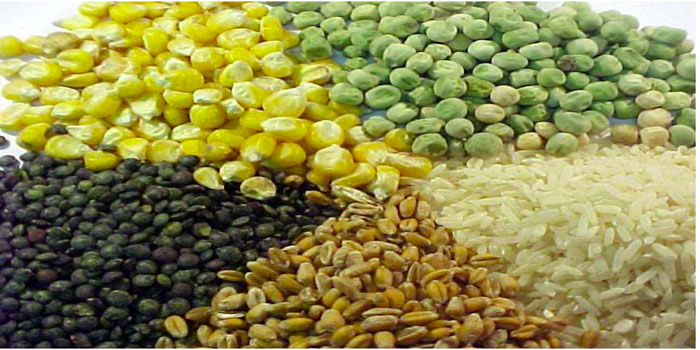
Seed structure:
Seed maturation:
- maturation of seed takes place in the fruit that is on the parent plant.
- Endospermous seed: these are the seeds that have the ability to retain Endospermous tissues. which eventually die but these are surrounded by the layer of living cells, which is called aleurone layer.
- Non-Endospermous seed: these seeds cannot retain Endospermous tissues. these tissues are absorbed by cotyledons. these than become the food reserves for these seeds.
Dormancy:
- during seed dormancy metabolism falls .
- the number of organelles per cell decrease.
- dehydration occur- its means that content of water also falls.
- vacuole present in the seed deflates.
- in dormancy state food reserves becomes dense crystalline form.
How seed dormancy is maintained:
- The physical barrier: the physical barrier is the seed coat ( Testa ) which is waxy in nature and water proof and impermeable to oxygen.
- Physical state: it is dehydrated to be stay in dormancy state.
- Chemical inhibitors: these are also present . its example are alkaloids, mustard oil, organic acid and salts etc.
- in this condition growth promotors are absent.
Seed viability:
- viability is define as when the seed are capable of germination when all of the necessary environmental conditions are fulfil
- the average life span of the seed is about 10 to 15 years.
- some leaves are of very short live like willow seeds that have life span of about one week.
- some seeds are very long lived like mimosa seeds that are 221 years.
- condition are too very important for the long life span.
- these conditions are like dry, cold, anaerobic condition.
- in seed bank these are the main conditions which are maintained.
Germination : the process of breaking of dormancy:
it involves the growth of the embryo and its penetration of the seed coat
Germination stages and events:
Stages that lead to cell division:
The control of food reserves hydrolysis:
- it is controlled by the growth promoters such as the gibberellin hormone and the growth inhibitors such as abscisic acid
- they perform their function by directly effect the genes that are for enzyme synthesis or the activity of the enzymes themselves.
- the growth substances are effected by the environmental factors for example light humidity and temperature.
- there is the Negative feedback control of the enzymes:
- the ability of the action of the enzyme is also limited by the substrate.
- when all of the starch in the amyloplast is hydrolyzed the enzyme stop working.
- so that the release of the food that is stored is adjusted to compensate the demand.
The mobilisation of food reserves:
- the food reserves these are stored in the form of large insoluble macromolecular form.
- for transport they are hydrolyzed by the enzymes into smaller soluble molecules
http://feeds.feedburner.com/ecarepk